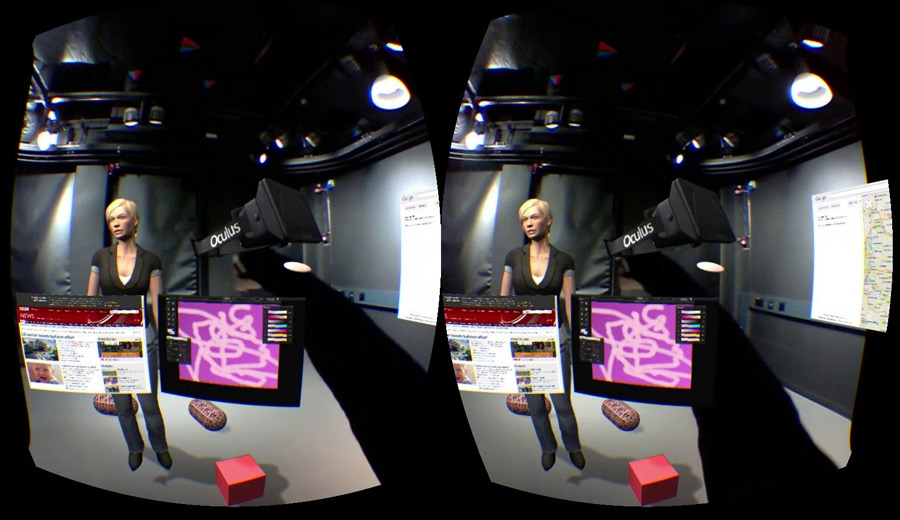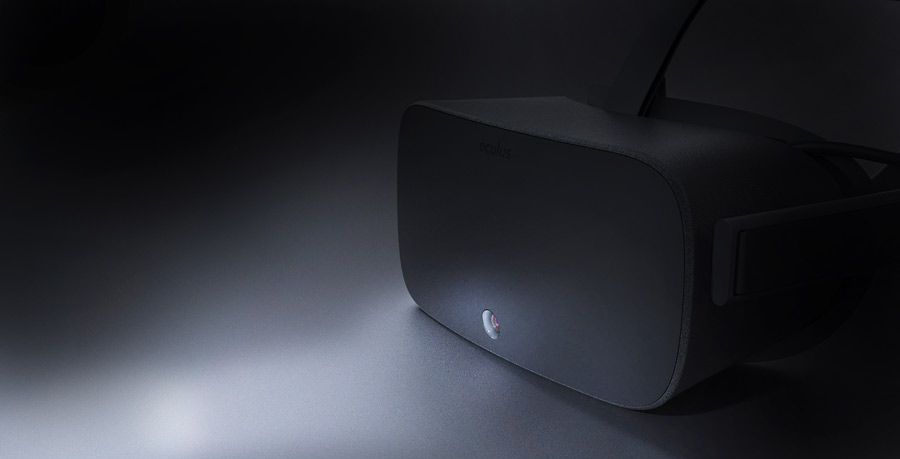Ever since Oculus announced the consumer version of the Oculus Rift, the conversation has rightfully focused on the present. Yet buried within those conversations have been rumblings and speculations as to what is to come next. We learned earlier that the version of the consumer headset we have seen may not even be the actual final edition, but what about beyond the first consumer release? Is Oculus already working on the second version of the Rift?
“Of course,” says Oculus’ founder, Palmer Luckey.
“There are certain things you have to,” he paused, “there are components with long lead times, years even, or custom optimizations that aren’t going to fit into their roadmap for a few years. Those are the kind of things you have to start doing some work on if you want to ship a product on time.” What those things are specifically, Palmer wouldn’t elaborate, but there is plenty of room for speculation.
A look into Surreal Vision’s work prior to Oculus
Oculus has been investing a significant amount of its resources in computer vision technology, purchasing companies like Surreal Vision, The 13th Lab and Nimble. Furthermore Oculus’ newest running partner, Microsoft, is heavily invested in the computer vision scene with Hololens and has some of the most advanced projects in the field happening behind the closed doors of its research facilities.
The idea of AR in a VR headset is far from new, but has never been truly perfected. Early concepts of the Rift showed a forward facing camera at the front of the face – a feature which seems to have been removed for the first consumer edition. But with Oculus obviously committing to computer vision as the solution, it would make sense if the second iteration of the consumer version would have a camera of some sort to solve a number of the things that Oculus is seemingly looking to achieve. Especially in conjunction with their advanced vision research.

When they were acquired, Surreal Vision’s team outlined their future goals with Oculus. In that statement they announced what they hoped to bring to the table with their research and expertise saying “these technologies will lead to VR and AR systems that can be used in any condition, day or night, indoors or outdoors.” This seems to be their ultimate goal, a wireless system that is capable of both augmented and virtual reality, working no matter the lighting or conditions. It seems that AR might be a big part of Oculus’ plans as well as Microsoft’s – adding a passthrough camera (or cameras) on the front of the headset would enable a lot of very intriguing applications for mixed reality scenarios.
We may also see developments along the lines of finger tracking, something that Oculus is already building into their Touch controllers. Ever since being acquired by Oculus the progress from Nimble’s team has been quiet. In an interview with Venture Beat Nate Mitchell mentioned Nimble’s technology “may not even be used in the CV2 or CV3,” so it remains to be seen where the technology has advanced to by that stage.

It also seems obvious that Oculus would like to eventually enable inside-out tracking within its headset – meaning that it would no longer require an external sensor for positional tracking. This would eliminate any issues with occlusion as well as enabling positional tracking in mobile HMDs. This as well as room based object detection seem to be big goals for the computer vision teams at Oculus and could open the door to more effective room scale experiences. Room scale VR, while much more immersive, also faces a number of hurdles like the literal ones in front of your couch, like your coffee table.
Adding further fuel to the fire, speaking with Oculus CEO Brendan Iribe it definitely seems this is the direction they want to go. When asked about the future of camera based tracking he told us, “you’ll see us make a number of announcements on the research side around different teams like Surreal Vision.” Iribe continued, “if you want to be untethered and you don’t even want an external sensor one day, how would that work if you’re running around an open environment? That would work from a camera sensor.”
We will also likely see an improved display as the technology continues to accelerate its development. It is likely that if we don’t see 4k screens in this iteration of the Oculus Rift, we probably will in the next – if not something even better. Rumblings from sources in the display world are there are some pretty amazing things on the near horizon.
All speculation aside, the current Rift still remains the priority for the Oculus team, according to Palmer, “for the most part we are all still working on the first Rift.” Which is good news for consumers eager for it to ship on time within the Q1 2016 time frame. It seems though that Oculus is planning to have a fairly rapid iteration process, which makes sense given the pace of advancement within this industry. According to Iribe the Rift will have a lifecycle “less than the console lifecycles of five plus years, and closer to the smartphone iteration time of one year.” This means that we might not have to speculate for too long after the release before we hear more.






























